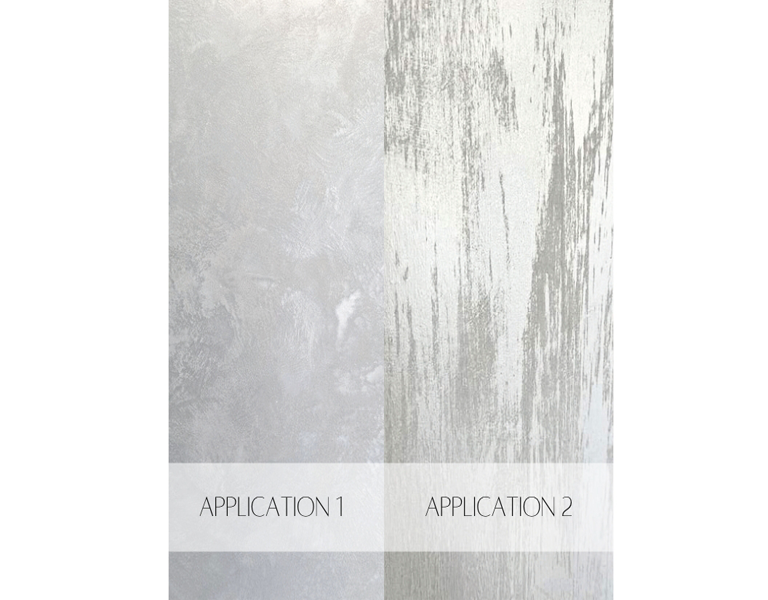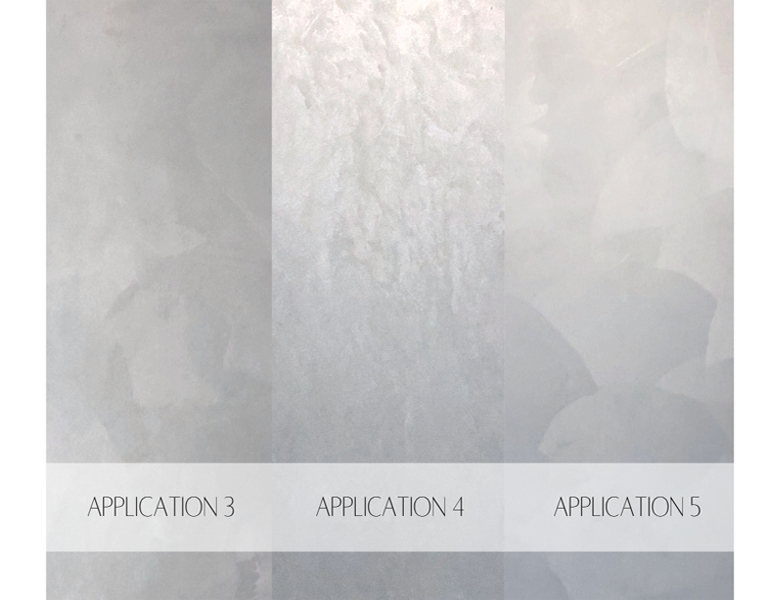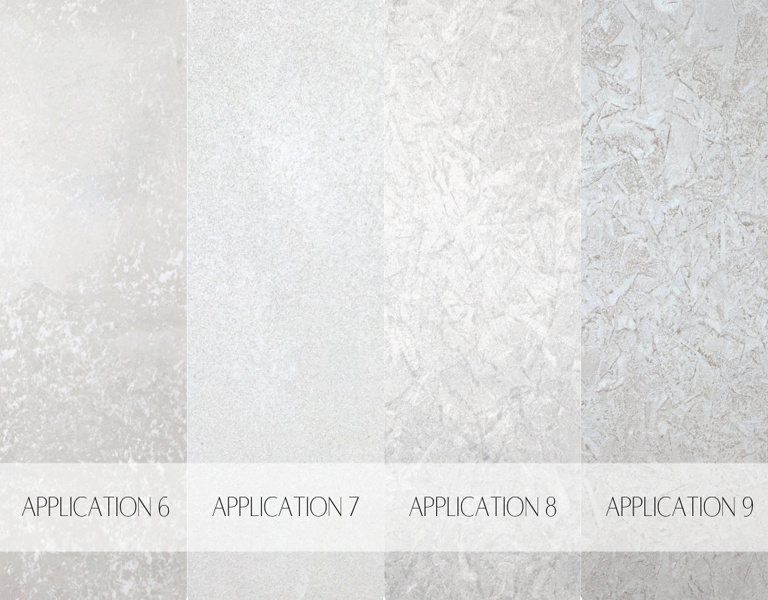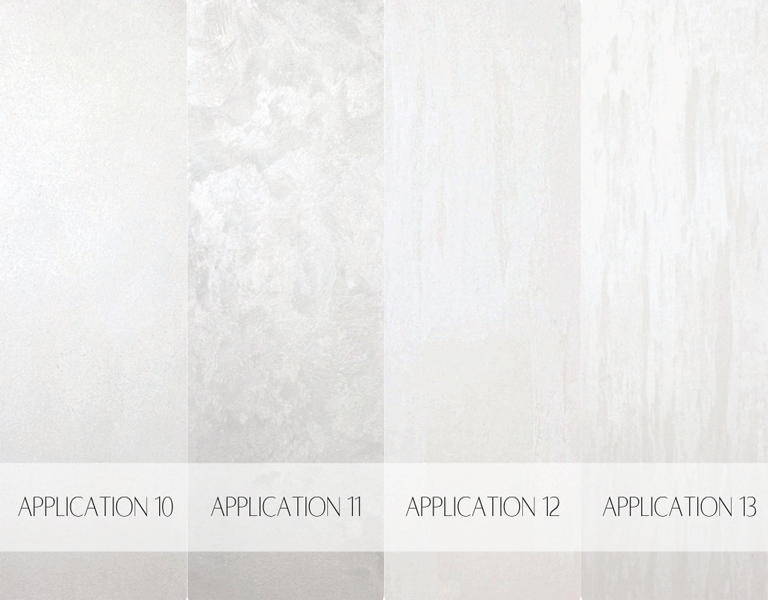
13 Different Ways to Apply Metallic Paint
Thanks to their popularity on social media, and decorators being interested in looking for wall finishes other than wallpaper, Italian decorative products are gaining momentum. Our metallic paints are no exception!
Thanks to their popularity on social media, and decorators being interested in looking for wall finishes other than wallpaper, Italian decorative products are gaining momentum. Our metallic paints are no exception!
As our Team at Impera Italia, specialises in luxury wall finishes, such as Venetian plaster and decorative paints, we have observed up close, the many designers, developers and private clients alike searching for wall finishes that offer a unique look, that can even be bespoke made.
We have developed a wide range of our own metallic paints, to cater to even the most specific requests. These paints include textured and smooth paints alike, which can be mixed, colour matched or bespoke made for each of our clients. Our metallic paints are manufactured by us in London, using only the finest Italian ingredients. We deliver the highest quality luxury wall finishes to your door!
Our metallic paints are one of the cornerstones of Impera Italia, and we thought it’s important to introduce all the different ways they can be applied, to create bespoke luxury wall coverings!
If you find wallpapers boring, and want something more special than standard emulsion paints, make sure to browse our products!
For our enthusiastic DIY-ers and applicators, we have gathered 13 different ways to apply our Metallic paints!
Most of these techniques are best achieved with our smooth metallic paints; Sioloc, Sioloc Suede and Infinity.
If you are interested in exploring the different techniques for your upcoming decorating project, keep on reading!
What is Metallic Paint?
Metallic paints are very similar to emulsion paints in terms of their base; they are both water-based products that need to be applied by roller, or in the case of metallic paints, also a trowel, spatula or sponge. They can also be sprayed on the wall.
What makes the metallic paints differ though, regardless of it being textured or smooth, is the additive. The Mica, or Micas are a group of silicate minerals, known for and used across many different industries for their shimmery look. From cosmetics to vehicles, they provide a unique finish for countless different products.
When it comes to paints, the size of the grain can differ, and the metallicness or the way the light reflects will depend on that size.
How to apply textured metallic paints?
To give you a roundup of our best products, our textured metallic paints, Gimcyn, Gimcyn Luxury and Gimcyn Chroma all share the same texture, with slight differences among them.
Gimcyn and Gimcyn Luxury are both silver-based, textured iridescent paints, however, Gimcyn Luxury comes with a pre coloured primer for increased opacity (especially useful for darker shades) and added glitter, for a pearlescent finish. Click here for Gimcyn catalogue, or click here for Gimcyn Luxury one!
Gimcyn Chroma is an aluminium based iridescent paint, with the same texture and an enhanced metallic sheen, thanks to its base. Click here for colour chart!
How to apply the paint for different finishes, step by step:
- Check your wall is free of dust, dirt or any imperfections before you start.
- Apply the primer after diluting it with water (30%) with short-pile roller and let it dry for 4-6 hours
-
How to create a cloudy effect? – Application 1
For what we call our standard application, you’ll need a semi-hard application brush and a Tobacco sponge.
- Once the primer is dry, apply the paint section by section with brush, using criss cross motion. Aim for an irregular pattern.
- Before the paint dries, diffuse the brush marks with the Tobacco sponge. There is no specific pattern to follow.
- If you want to leave more apparent brush marks, only use the sponge on smaller areas, or the opposite if you want to diffuse the marks as much as possible.
Click here to see the application video in full!
-
How to create a waterfall effect? – Application 2
For this application, you will only need the brush.
- Once the primer is dry, start applying the paint by brush, using vertical motion.
- Aim for a slightly irregular pattern, but make sure the brush strokes stay vertical.
For a video tutorial, please see our Instagram, for @house_of_holcroft ‘s video! Click on this link for our page!

How to apply smooth metallic paints?
Our smooth metallic paints offer even more in terms of versatility of application! As they can be applied by roller, spatula, trowel or even be sprayed on walls, it leaves plenty of opportunity to explore the different finishes!
Sioloc offers a luxurious, smooth finish with a light pearlescence, whilst Sioloc Suede is perfect for those looking for a semi-matt velvety finish!
Click for Sioloc or a Sioloc Suede colour chart!
Our newest addition, Infinity, is a lightweight, pearlescent metallic paint that can be applied in a number of different ways, some of which are showcased below!
To order an Infinity colour chart, click here!
How to apply the paint for different finishes, step by step:
- Check your wall is free of dust, dirt or any imperfections before you start.
- Apply the primer after diluting it with water (30%) by short-pile roller and let it dry for 4-6 hours
Application 3 – Sioloc
- After the primer is dry, apply the first coat of paint with the edge of the trowel. Use long strokes, to create an irregular pattern.
- Repeat for the second coat.
Click here, for the video tutorial!
Application 4 – Infinity – Reggia di Caserta
- After the primer is dry, ensure a smooth application of the paint by trowel.
- Before the first coat is dry, start applying the second coat using the flat part of the trowel, whilst compressing the paint, using irregular patterns.
For a video tutorial, click here!
Application 5 – Infinity
- After the primer is dry, ensure a smooth application of the paint by trowel.
- Apply the paint, creating a regular pattern of half circles.
- Make sure to leave enough space so they don’t overlap, and the pattern can be clearly visible.

Application 6 – Infinity
- After the primer is dry, apply the first colour smoothly with a Venetian plastering trowel.
- Apply the second colour with a natural sponge.
Application 7 – Infinity
- After the primer is dry, apply the first coat with a Venetian plastering trowel.
- Repeat for the second coat.
- Create the effect by dabbing the natural sponge all over the surface.
Application 8 – Infinity
- After the primer is dry, apply the first coat of the paint with a Venetian plastering trowel.
- The application for the second coat should be repeated.
- To create the effect, dab the leather pad all over the freshly applied coat before it’s dry.
Application 9 – Infinity
- After the primer is dry, apply the first coat with a Venetian plastering trowel.
- Repeat for the second coat.
- To create the effect, after the second coat is dry, dip the leather pad in the second colour, and dab all over the applied coat.

Application 10 – Basilica di San Marco Venezia
- The paint should be applied with a roller. (short pile roller)
- Both for the first and second coat, apply in a criss cross pattern, ensuring the primer is all covered after the first coat.
Application 11 – Torre di Pisa
- The paint should be applied with a trowel.
- For the first coat, a few trowel marks can be left, which will be seen as slightly darker lines, after the application of the second coat. Make sure the primer is all covered.
- For the application of the second coat, use smaller, irregular movements to create a busy pattern.
Application 12 – Ponte Vecchio Firenze
- The paint should be applied by trowel, or roller and then compressed with trowel.
- The first coat should be applied smooth, ensuring the primer is all covered.
- For the second coat, when a section is still wet, use the flat part of the trowel, to create irregular linear patterns. Aim for the combination of smooth and linear patterns.
- The linear movements can be vertical or horizontal.
Application 13 – Duomo di Milano
- The paint should be applied by trowel.
- For the first coat, the application should be smooth and the primer all covered.
- For the second coat, use the flat part of the trowel to create a busy linear finish, with vertical or horizontal lines.
For a video tutorial, click here!

For any questions or enquiries, please don’t hesitate to contact us! If you are London-based, pop into our Showroom! Alternatively, give us a call at 0333 012 4396 or email [email protected]!
The Impera Italia Team would be more than happy to help you with any questions you may have!
